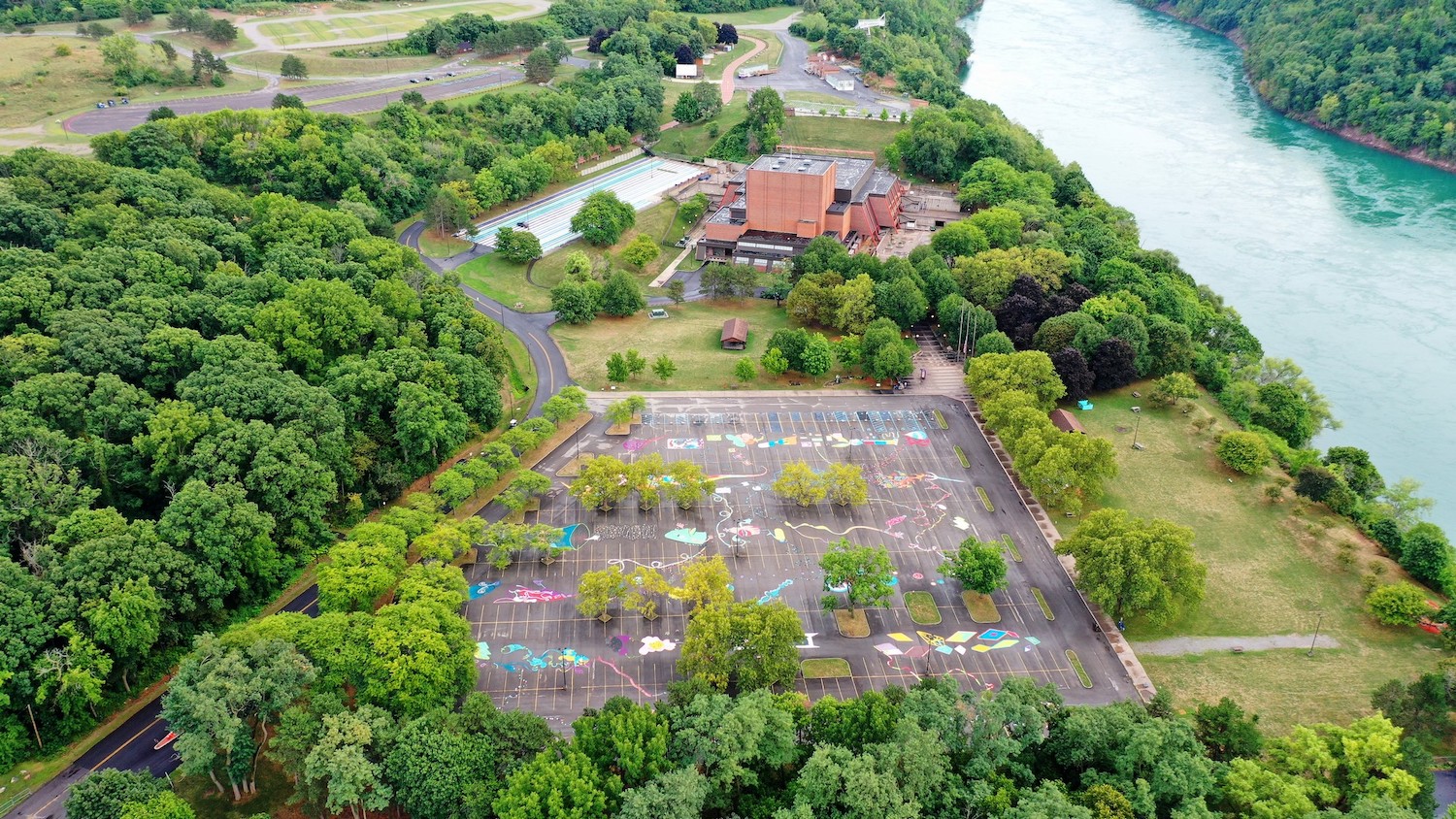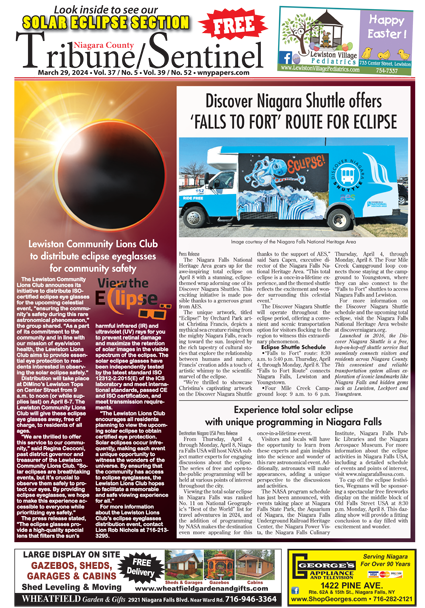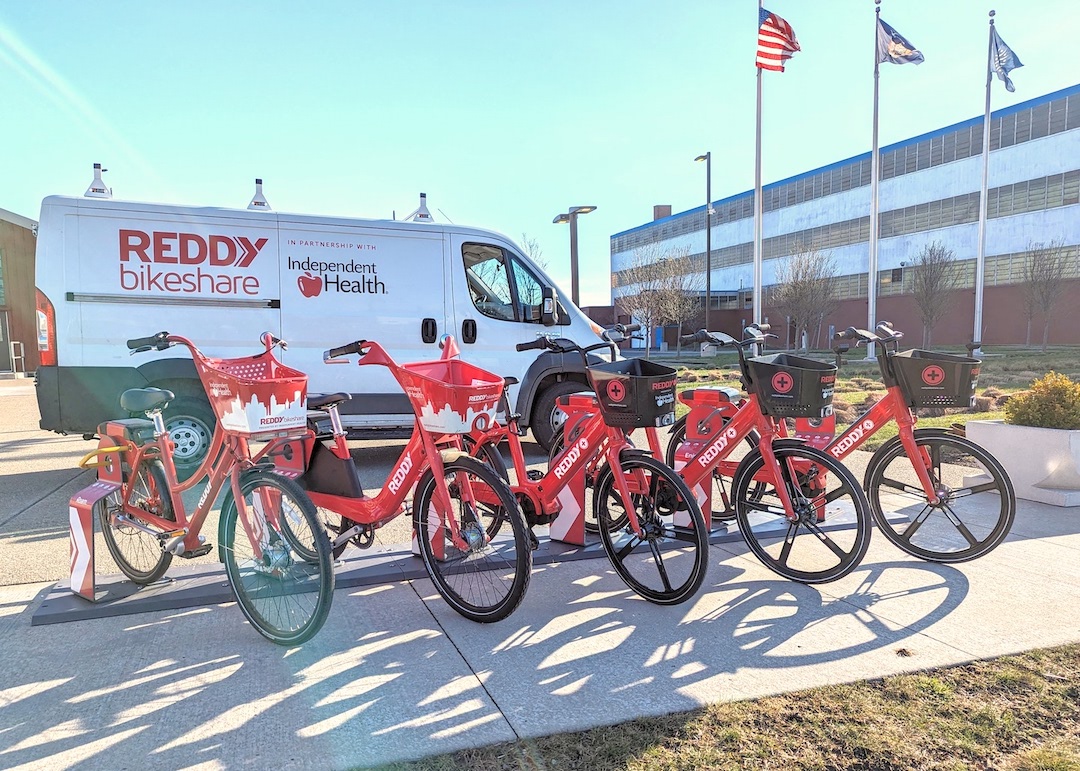Featured News - Current News - Archived News - News Categories
By AAA of Western and Central New York
Spring and summer showers may help flowers, but wet pavement contributes to nearly 1.2 million traffic crashes each year. AAA reminds motorists to never drive through standing water as the region is experiencing heavy rain this summer. Downpours that create standing water during a storm can be dangerous, and motorists should never drive through standing water at any depth even in familiar areas. Repairs related to flooded vehicles can cost thousands of dollars and may not be covered by auto insurance.
Here are some tips from AAA for driving in the rain:
√ Safety starts before hitting the gas, and drivers should aim to see and be seen. Replace windshield wiper blades that leave streaks or don’t clear the glass in a single swipe. Make sure all headlights, taillights, brake lights and turn signals are properly functioning to remain visible to other drivers during rainy weather. Keep the vehicle’s headlights turned on.
√ Proper tire tread depth and inflation are imperative to maintaining good traction on wet roadways. Check tread depth with a quarter inserted upside down into the tire groove. If the area above Washington’s head is visible, start shopping for new tires. Check each tire’s pressure, including the spare, at least once a month … and be sure to check the pressure when the tires are cold.
Avoid Cruise Control
Most modern cars feature cruise control. This feature works great in dry conditions, but when used in wet conditions, the chance of losing control of the vehicle can increase. To prevent loss of traction, the driver may need to reduce the car’s speed by lifting off the accelerator, which cannot be accomplished when cruise control is engaged.
When driving in wet-weather conditions, it is important to concentrate fully on every aspect of driving. Avoiding cruise control will allow the driver more options to choose from when responding to a potential loss-of-traction situation, thus maximizing safety.
Slow Down and Leave Room
Slowing down during wet weather driving can be critical to reducing a car’s chance of hydroplaning, when the tires rise up on a film of water. With as little as 1/12 inch of water on the road, tires have to displace a gallon of water per second to keep the rubber meeting the road. Drivers should reduce their speed to correspond to the amount of water on the roadway. At speeds as low as 35 mph, new tires can still lose some contact with the roadway.
To reduce chances of hydroplaning, drivers should slow down, avoid hard braking or turning sharply, and drive in the tracks of the vehicle ahead. Also, it’s important for motorists to allow ample stopping distance between cars by increasing the following distance of the vehicle in front of them and slow down in advance before intersections or turns.
Responding to a Skid
Even careful drivers can experience skids. If a driver feels their car begin to skid, it’s important to not panic and to follow these basic steps:
√ Continue to look and steer in the direction in which the driver wants the car to go.
√ Avoid slamming on the brakes, as this will further upset the vehicle’s balance and make it harder to control.
√ If the car begins to skid, drivers should continue to look and steer in the direction they want the car to go. Don’t panic, and avoid slamming on the brakes to maintain control. Overall, drivers need to be extra cautious in wet weather.
As upstate New York’s largest member services organization, AAA Western and Central New York provides more than 887,000 members with travel, insurance, financial and automotive-related services. Since its founding in 1900, AAA has been a leading advocate for the safety and security of all travelers. Visit AAA at www.AAA.com.





























